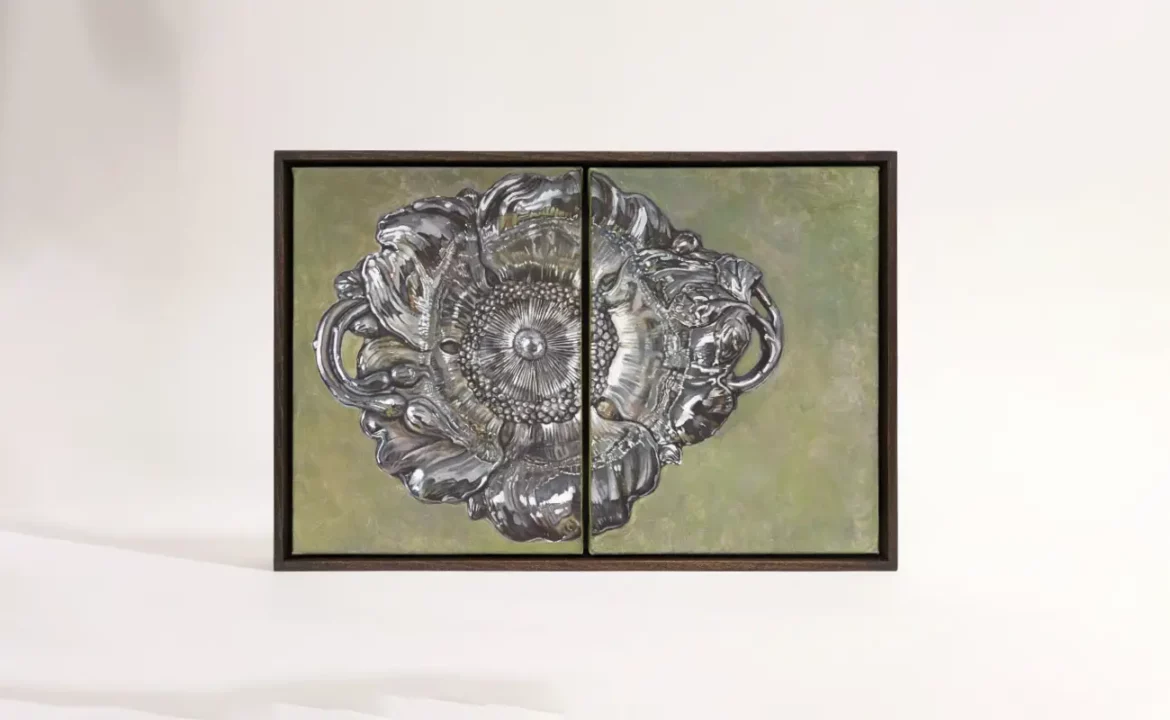Histories Folded Into Form
In her three main bodies of work—Little Pieces of Death, Fragments, and Inhabited Objects—Shafran investigates how beauty, decay, and longing coexist. Little Pieces of Death, which began during the isolating period of the first Covid lockdown, stems from an overwhelming encounter with abundance. Living on a farm in the English countryside, she became fixated on the brief lifespans of the surrounding flowers. Their impermanence, heightened by the eerie stillness of global uncertainty, spurred a need to preserve. Moving beyond the camera, she began creating silicone molds of the blooms and casting them in plaster. These delicate sculptures, ghostlike in their whiteness, are marked by contradiction—they survive only through destruction. The original flower must perish for its likeness to remain.
These casts, porous and brittle, are then touched with watercolor ink, which bleeds slowly into their forms. The ink mimics blood or memory seeping into a body, reinforcing the tension between life and lifelessness. But the work does not end there. Shafran continues to photograph the sculptures, manipulate the images, and reassemble them into collages. Each transformation becomes a distancing from the source, an act of mourning, and a rebirth. The process mirrors how memory works: never stable, always mutating, yet clinging to something essential. These preserved fragments, though devoid of life, acquire a new kind of presence—an elegy in physical form.
In Fragments, Shafran turns to Dutch floral still lifes, particularly the opulent yet somber compositions of Jan van Huysum. His baroque arrangements teem with vitality while simultaneously hinting at decay: insects crawl, fruit begins to rot, and funerary motifs lurk beneath ornamental surfaces. Using high-resolution reproductions, she isolates details that often go unnoticed. She draws these with charcoal and graphite, stripping the lush paintings of color to underscore their quieter, more somber narratives. By sewing the panels together with threads that match the original hues, she references both anatomical repair and the artifice of the compositions themselves. The stitching becomes both structural and symbolic, reinforcing her recurring interest in reassembly, fragmentation, and the impossibility of true preservation.

